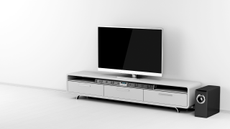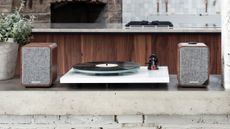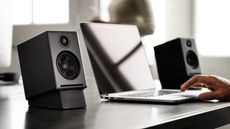The best wired headphones get you closer to the music than wireless ones. That's because no matter how cutting-edge the wireless technology inside a pair of wire-frees, for now they're streaming compressed audio. When audio is compressed some of the musical detail is lost, however minor, and people who are very serious about music are equally serious about not wanting to miss any of it. Whether it's Hi-Res audio or vinyl on a tremendous turntable, audiophiles are in no hurry to cut the cable between their headphones and their hi-fi system.
The best wired headphones are focused solely on getting music to your ears: there are no batteries taking up space or adding weight, no gimmicky features you'll never use. Put them on with a Hi-Res studio master or heavyweight vinyl on one of the best record players and the difference is obvious. It's the same story if you're using one of the best streaming DACs for high-quality audio streams: if you aren't using wired headphones, you're only getting part of the bigger musical picture.
There are two key kinds of wired headphones. Open-backed ones deliver an incredible soundstage that make you feel that you're right there in the studio, on the stage or in the opera house. But those open backs leak a lot of sound, so if you don't want to share your soundtrack with your fellow commuters or the family dog then closed-back headphones reduce leakage without dramatically diminishing your audio experience. And while wired in-ears can't quite match the peaks of their over-ear equivalents – headphones are all about moving air, and you can only move so much with a driver located inside an ear canal – they're great for walking or travelling, delivering quality sound without the weight of many wireless options.
The best wireless headphones may dominate the mainstream market for headphones and earbuds, but wired ones are still the best options at the very top of the market – and at the bottom too, because their relative simplicity makes it easy for companies to make affordable ones that sound pretty good too. So whether you're an audiophile looking for the ultimate audio experience or just want an immersive sound that won't break the bank, these are the best wired headphones 2022.
The best wired headphones 2022
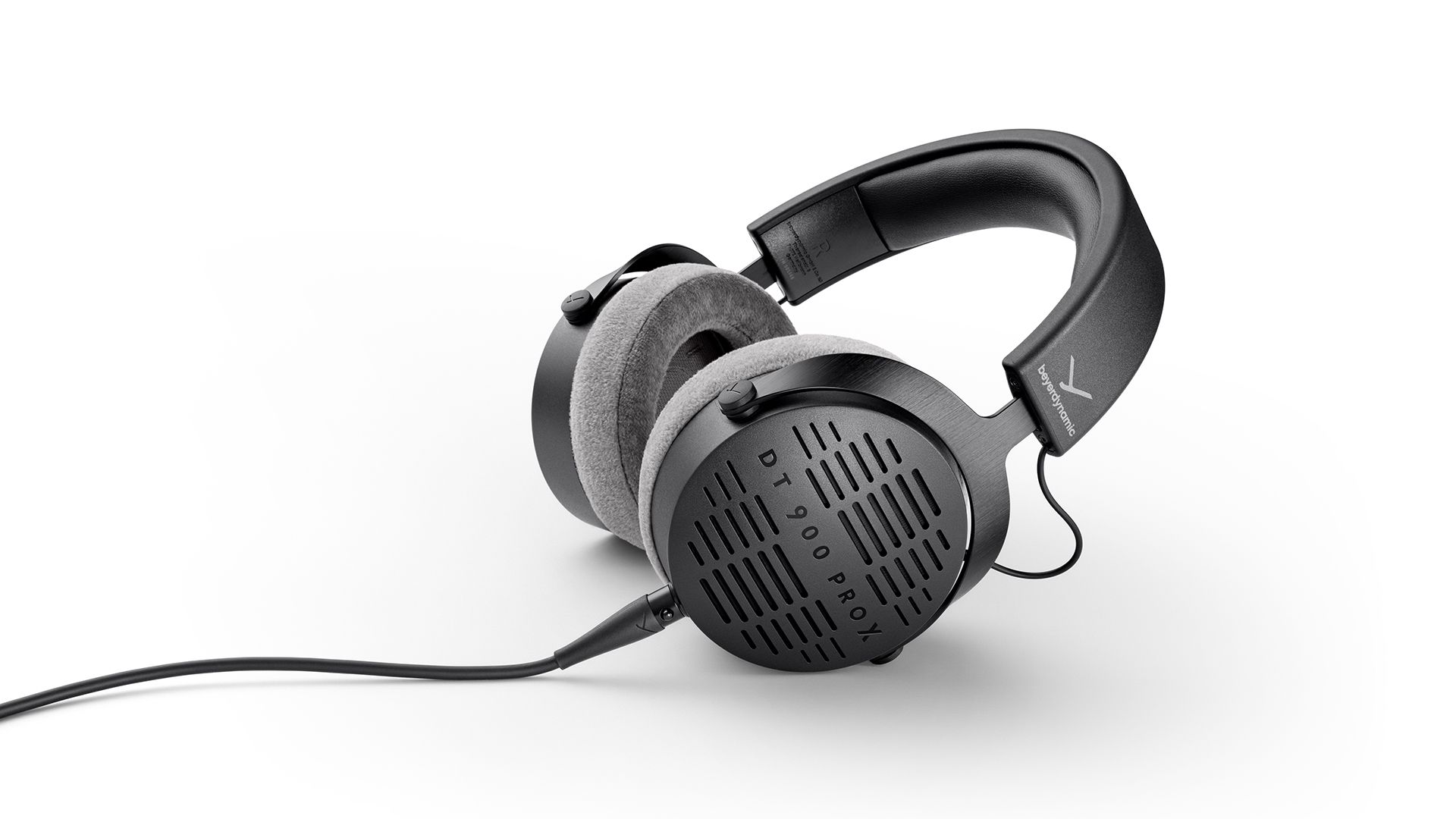
What's this? Studio headphones at the top of the pile? Yes, indeed. These studio headphones deliver incredibly precise sound for either listening to music or making, mixing or mastering. That's why the Beyerdynamic DT 900 Pro X bagged the T3 Awards 2022 gong for Best Wired Headphones.
Just be aware that these headphones will not be great with poorly recorded music: their job is to be accurate, not flattering. They're not as harsh on bad recordings as some rivals – the high-end has been rolled off a little so they're not as sibilant and fizzy as some – but they're designed for well-made music, which makes them absolutely sing. If that sounds like your music library, you'll love how it sounds on these cans.
As we said in our Beyerdynamic DT 900 Pro X review, these are superb-sounding headphones but they're not packed with whizzy features or clever connectivity: they're old school analogue 'phones designed to do one job and do it very well. They're very well made and deliver a very clear and convincing musical performance with a wide and airy soundstage that makes them a great choice for indulgent home listening.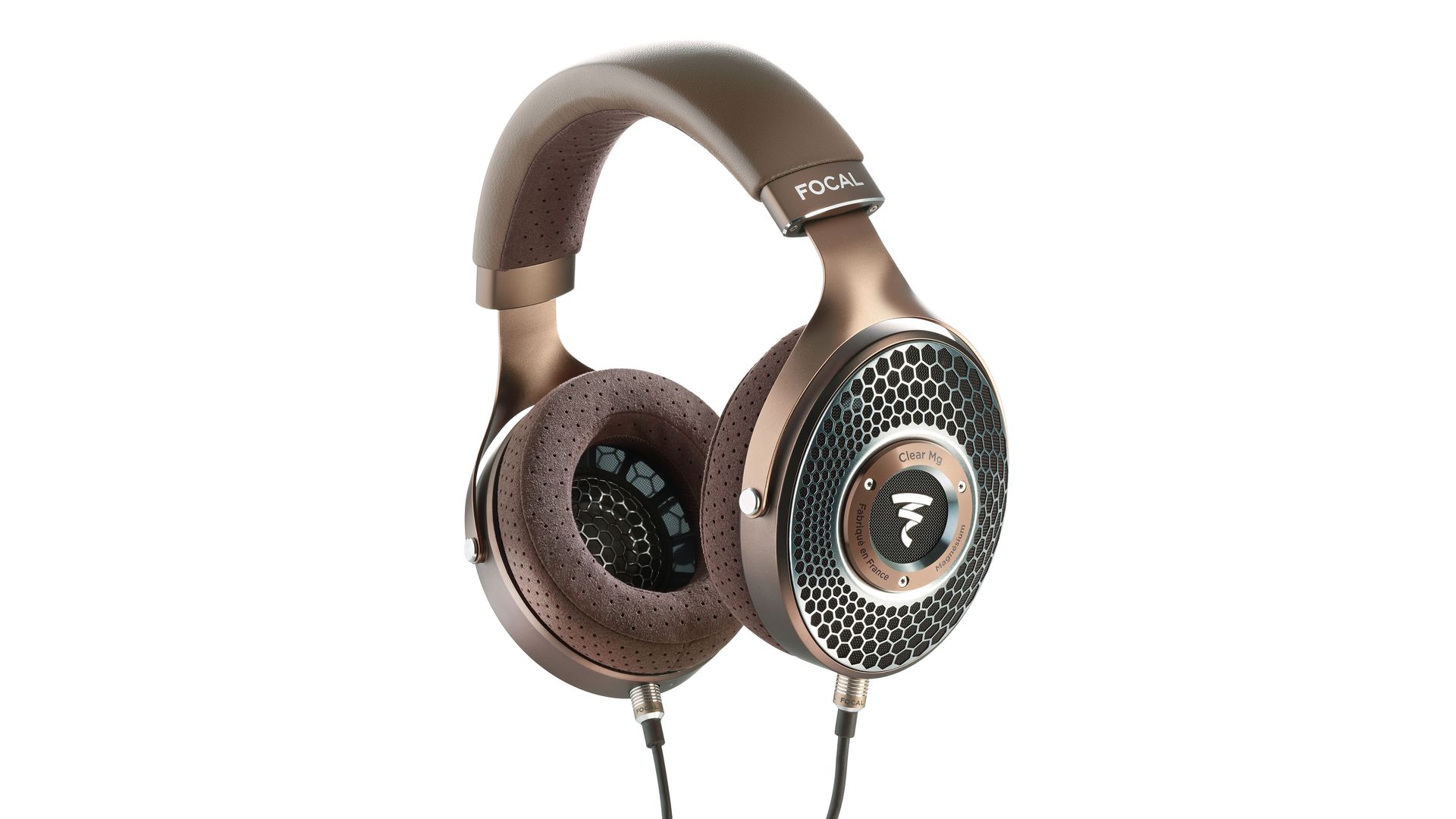

Focal knows sound and it knows luxury. Thus these premium wired headphones have cemented themselves at the very pinnacle of the wired headphone world: they're absolutely spectacular in so many ways. They're sumptuously comfortable, featuring microfibre earpads and a soft, inviting headband. They pack a warm, rich sound which just envelops you. And while these aren't, by some measure, the most expensive headphone offerings from the Focal canon, there's no question that they have the hardware to match their price.
Focal's M-shaped magnesium drivers are very special indeed, the outer finish of the headphones is wonderful, and there's a pair of cables in the box - one for 3.5mm and 6.5mm jacks, and one for four-pin XLR. And the open-back sound? It's forensically detailed.
Of course, the sound is the key thing here, and they're just fantastic in that regard. In our full Focal Clear MG review, we said that: "From the inhalation of the singer to every vibration of a bass string, you're unquestionably getting the full picture of the music. When asked, the Clear MG has a deep and guttural well of bass power to draw on, but it's precisely controlled, and never overblown… unless the song asks it to be."
Being open-backed, sound leaks in and out, so it's definitely for listening in a controlled environment, but it's absolutely worth the effort for just how dynamic, precise and real the end result is. In fact, these won the T3 Awards 2021 gong for Best Wired Headphones so are still very much worthy of your consideration.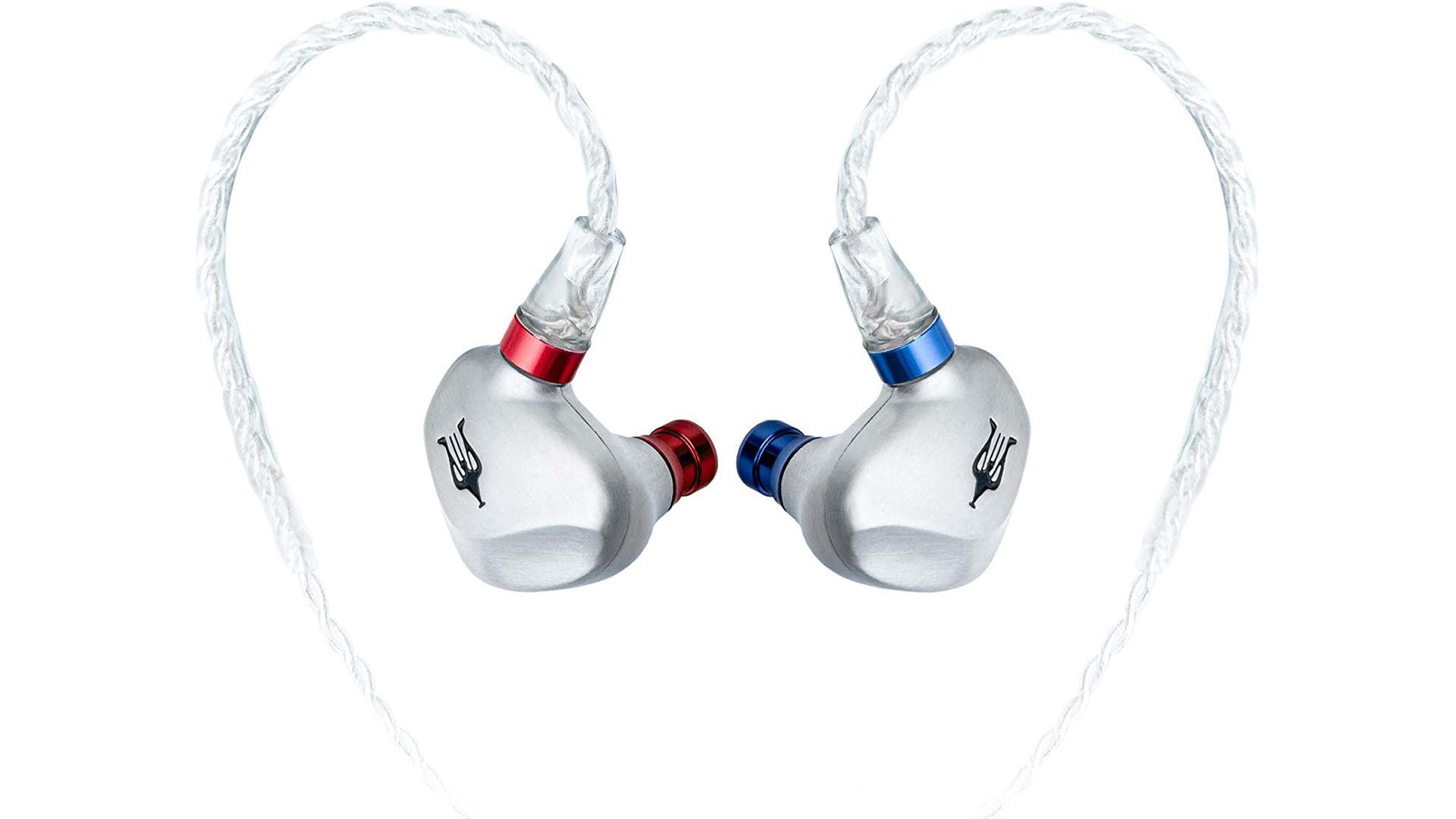

Open-backed headphones are glorious in the right situation, but not so much when there's lots of noise around you or sensitive ears not wishing to listen to your leakage. That's where a set of solid in-ear wired headphones will serve you well, a category which Meze's Rai Solo sits in very happily.
They're priced well, they're not too fancy, and their single-driver design sounds great. They're well tuned for dynamic range and a very balanced soundstage, managing some beefy bass, airy treble, and a mid-range which isn't squashed by either extreme.
In the Rai Solo you get a comfortable set of buds, with plenty of fittings to help them nestle neatly in any ear canal, and the over-the-ear cable design means they're not easily yanked out if you're using them on the move. It's not perfect, and glasses-wearers or those with unusual lugs may wish to opt for a different design, but if it works for you you'll be pleased.
For the price, we love these – they're a great match for a portable player, or for a mini portable DAC.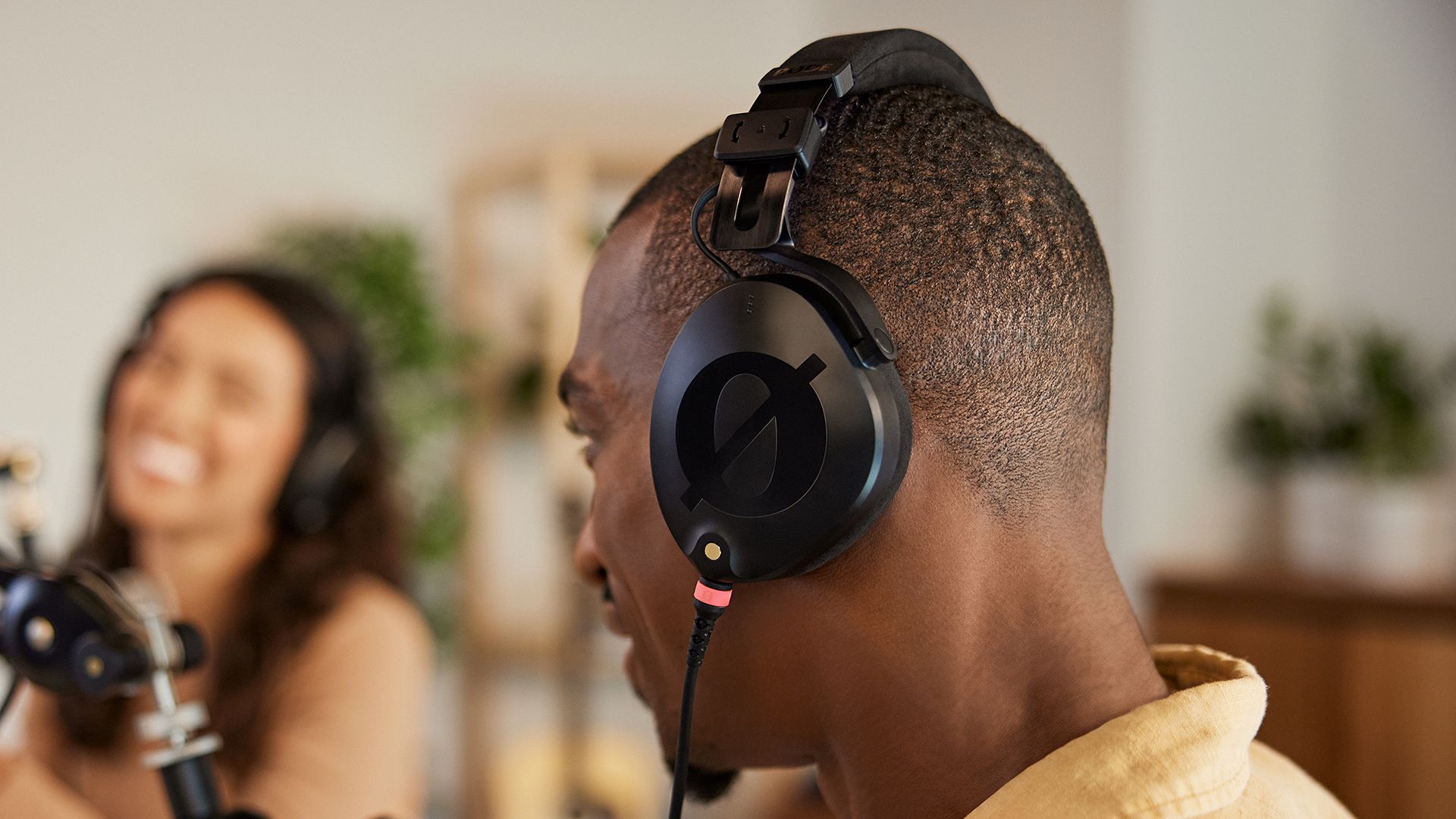

In our Rode NTH-100 review we concluded that they "tell a story in which a very reasonable sum buys you a pair of headphones that are a) deeply impressive in every sonic respect, and b) the opposite of modern. If you want to hear every nuance of your audio work without colour, they're pretty much faultless – perfect for pro work."
Not only that, the NTH-100 really don't cost that much. Not for headphones of this calibre anyway. Many others delivering this kind of sonic signature would set you back five or 10 times the asking price. That's testament to not only how good these over-ears are, but why they're probably the best affordable wired headphones you can buy.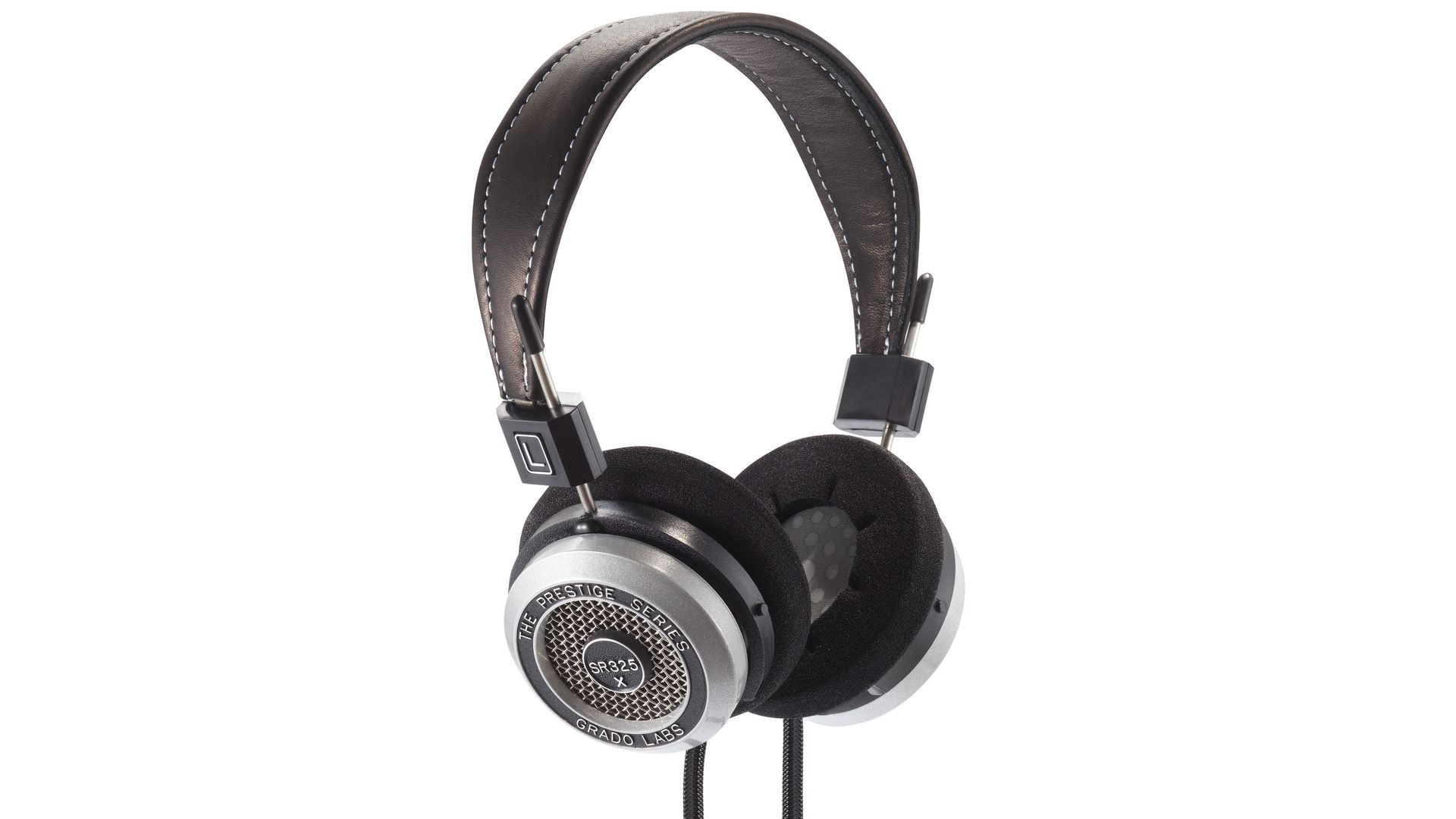

Though these are more expensive than a lot of people would consider spending on headphones, their price is a drop in ocean when it comes to real audiophile quality. And when you factor just how good they sound, suddenly they become a major bargain.
They're open-backed headphones, and they're among the leakiest we've tried, so they're very much no good with other people around, or for travelling. But in a quiet room, they sound as good as headphones that cost five times more. Their sound is natural but not flat, expansive but still focused, powerful but never overwhelming… the amount of detail they enable tracks to deliver is eye-opening.
The design is almost hilariously simple – the basic leather head band and milled aluminium earcups actually look pretty nice (and feel high quality) in their sparseness, and the basic-seeming foam earpads are apparently chosen for their low impact on the sound quality.
It doesn't matter that the design is Spartan when you're wearing them, though – you'll be totally engrossed in tracks from the first notes. These can be driven by phone or hi-fi (and the thick, high-quality cable comes with 3.5mm and 6.35mm connectors), so it's also easy to fire something up whether you're lying in bed or sitting by your amp. Due to the basic comforts and open-back design, these may not be for everyone, but we've never heard this level of audio opulence at this kind of brilliant price.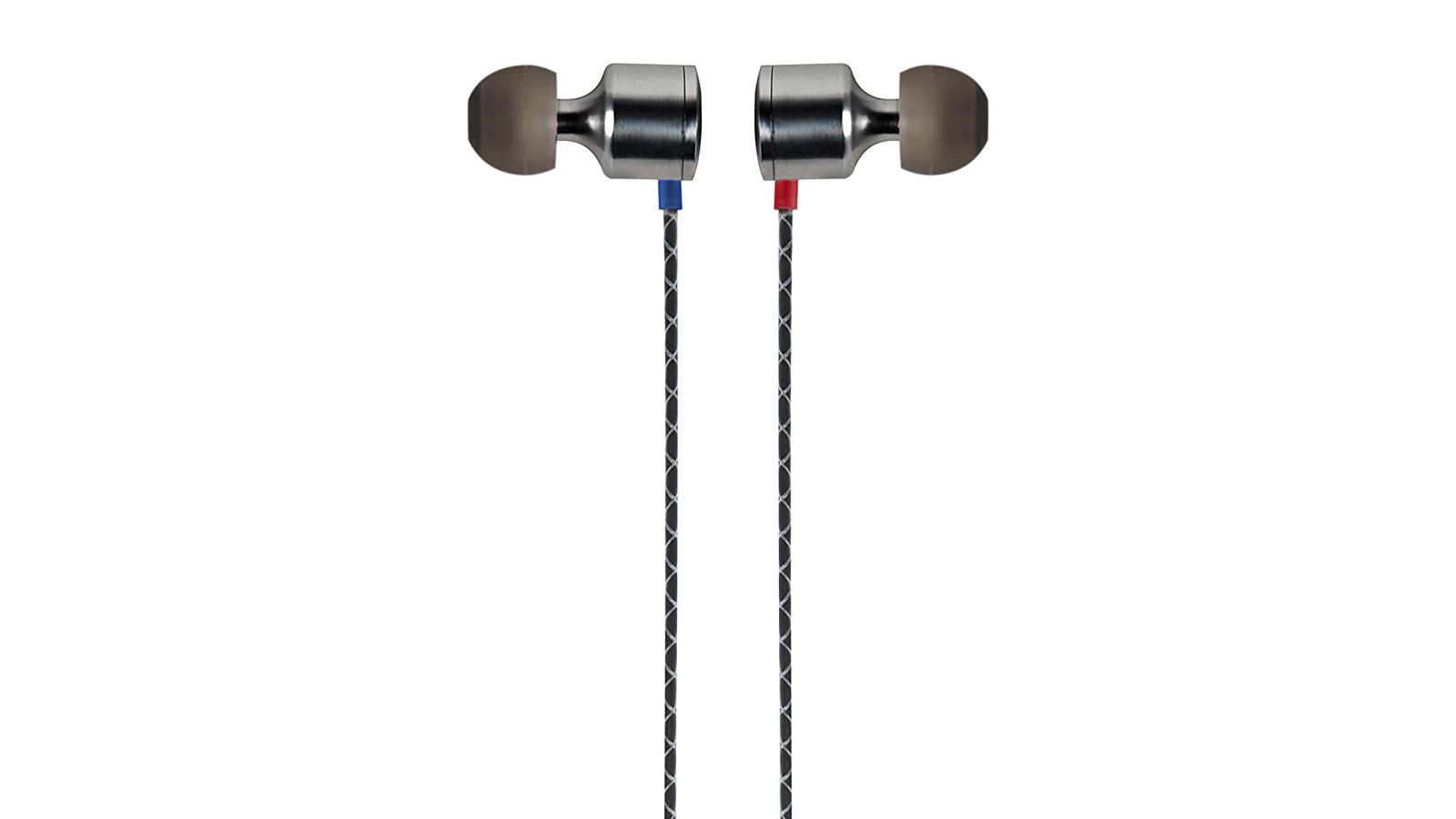

Flares have been around for a fairly short while and initially carved a niche by making very audiophile, but affordable, in-ear headphones. These would tend to come with endorsements from people such as the bloke who produced ELO's third album, or whatever. They were alright, especially if you like classical music and classic rock.
However, in recent years, Flare has started making earphones where the emphasis is as much on excitement as it is on fidelity and suddenly their appeal is a lot broader. These are just fantastic with everything from choral music to electronic pop to Black Sabbath to dub reggae, and while I wouldn't call them 'audiophile' in the sense of being purely faithful to the source material, the way they subtly colour the sound – without turning it into a synthetic soup – makes them truly exciting.
Heard through one of the best DACs – we really rate iFi's xDSD at the moment, for convenience and quality – the Jet 3 can sound absolutely glorious, especially considering they only cost 90 quid. However the really good news is that they sound splendid just when plugged straight into my trusty old iPhone 6S, from back in the old days, when iPhones had headphone sockets.
They're not dependent on the source being a 90000-bit, 5 bazillion megahertz file, either. Spotify sounds great, Tidal Hi-Fi can sound quite epic.
Flares buds always seem to be rather eccentrically designed, and the long stems that go into your ears on the Jet 3 mean you have to very carefully choose your eartips. I didn't find any of the selection provided anchored them completely properly – the problem is that the stems act as a lever and start trying to pull the buds down and out of your ears when you are walking.
However, not for the first time, a pair of Comply tips came to the rescue, resolving issues I'd been having with the audio and the fit.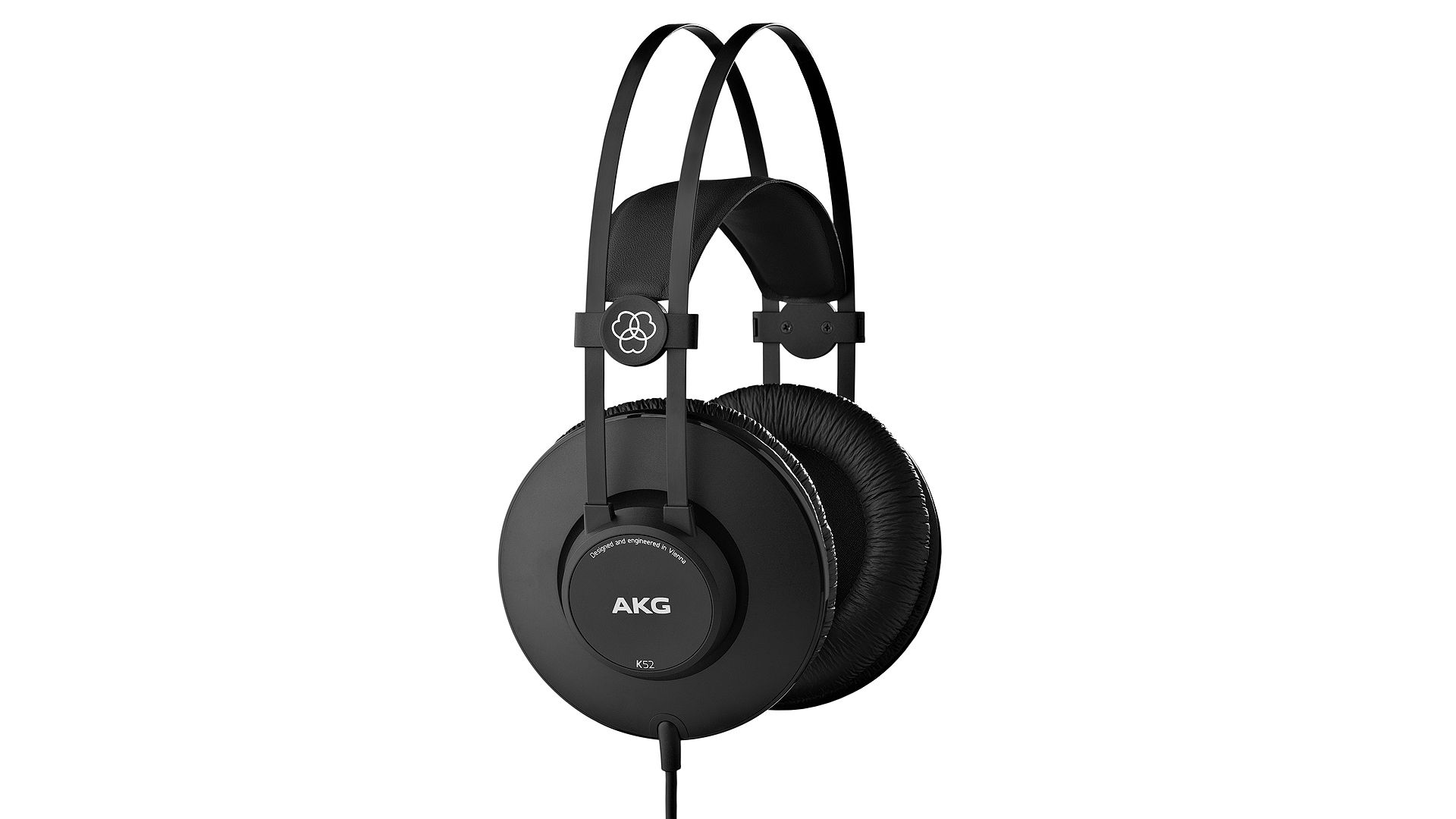

It's not that we’re snobs at T3 – well, not all of us – but the idea of spending £30 on a pair of indoor-only headphones seemed laughable, especially with so many alternatives available.
Then we listened to the AKG K52.
This has absolutely no right to sound half as good as it does, even for twice the price.
Okay, you can't expect these to sound as good as anything over £150, but for at-home listening they offer a massive soundstage, impressive balance and a frankly ludicrous amount of detail for the dosh.
They start to struggle a little when pushed hard, and your ears will get fatigued quickly listening to heavier, electronic and hiphop sounds on the K52, but good ol' guitars and drums sound superb.
Build quality is also a nice surprise, and while they’re obviously mostly plastic, the metal headband and super soft ear pads prevent them feeling cheap. They're lightweight, and while adjustment is rudimentary, they'll not slip off, especially given you'll not be raving or commuting in them any time soon.
There is a certain lack of warmth to the sound, but if you appreciate the AKG's slight limitations before you buy, you'll come away feeling like you've robbed the store.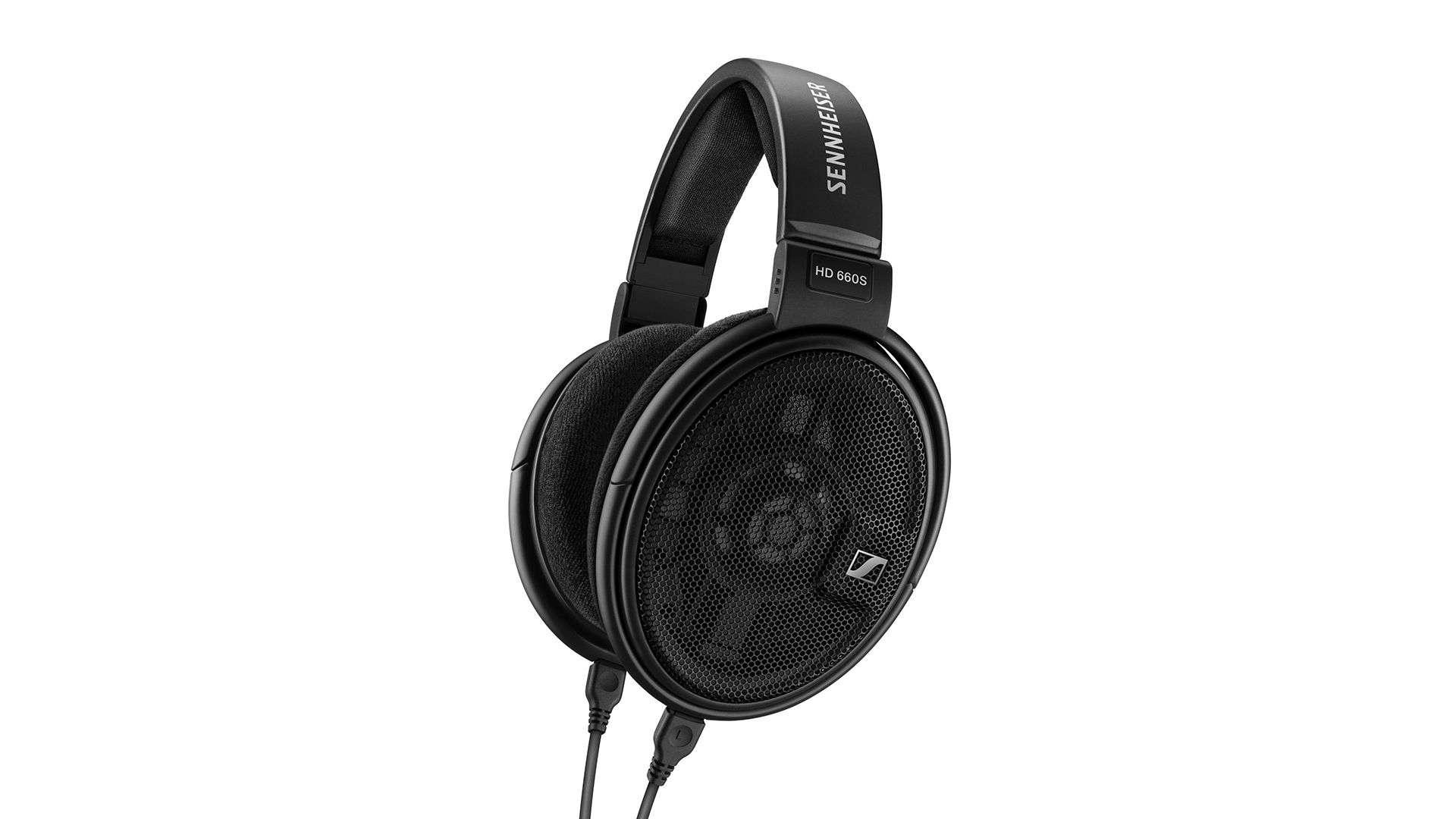

If you want a pair of open-back headphones designed for long periods of sinking into your LPs alone, Sennheiser feels you. One look at the HD 660 S tells you everything you need to know about them: clear and open earcups for air movement; big plush pads that wrap around your ears for comfortable listening.
The sound is a little warmer than neutral, but that's just fine with us – rich mids balance nicely against the bright and clear treble, and the bass is controlled and mellow, just as you'd expect from a great pair of open cans.
They are totally open, so are no good for outdoor use or noisy environments, but they're so enjoyable to listen to – and you can listen over and over without any soreness.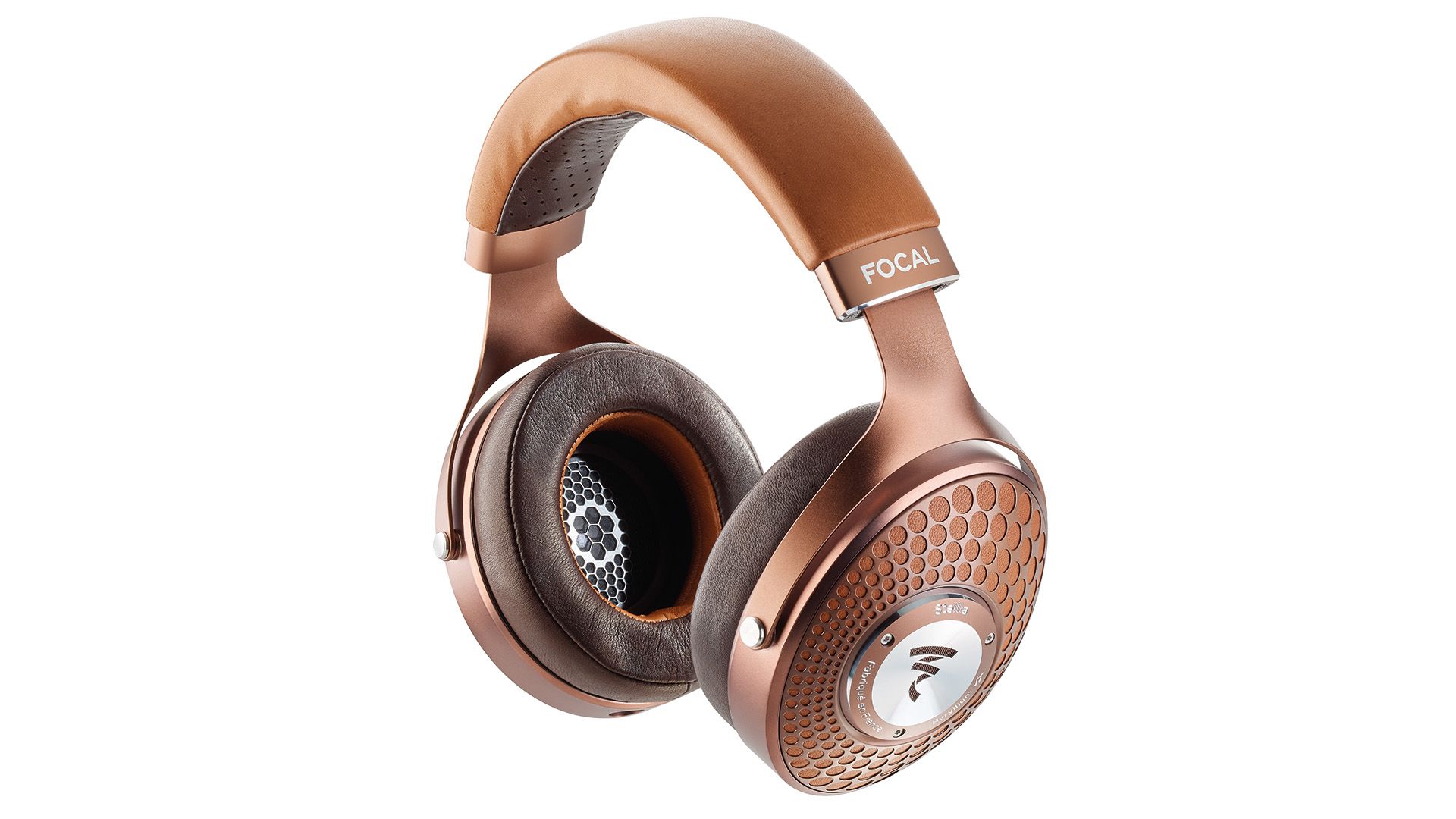

Focal is known for it's extraordinarily good headphones at equally extraordinary prices, but they've tended to be open-backed, and so limited to listening in only ideal circumstances. The Stellia are its attempt to bring its famous audio quality to headphones you can listen to wherever, and they're absolutely phenomenal.
Carefully engineered to still give you the kind of big soundscape people expect from high-end headphones, the audio quality is pretty stunning. There's a closeness to the bass and mid-range that's clearly a sign of them being closed, but powerful drums and synths are smooth rather than booming or overpowering – like getting a massage from Dwayne Johnson.
Detail and expansiveness at the high-end is really impressive, and they really do get close to the live feeling of a pair of great open headphones for making the little breaths and croaks in the voice of a singer feel natural – but with the added advantage that you can hear what's going on when the TV's on.
The design is ultra-enveloping, with deep soft earpads forming an effective seal. And despite being quite hefty, the headphones stayed comfortable for long listening periods. And they forgiving in terms of sensitivity: it's no problem to drive them from a phone, so they really can be listened to whenever and wherever.
These are the best-sounding closed-back headphones on this list, and probably in the world. But they cost a lot more than the Focal Clear MG at number one, and we wouldn't say the audio quality is noticeably better – you're paying for the engineering that's gone into making them sound so natural while being closed back.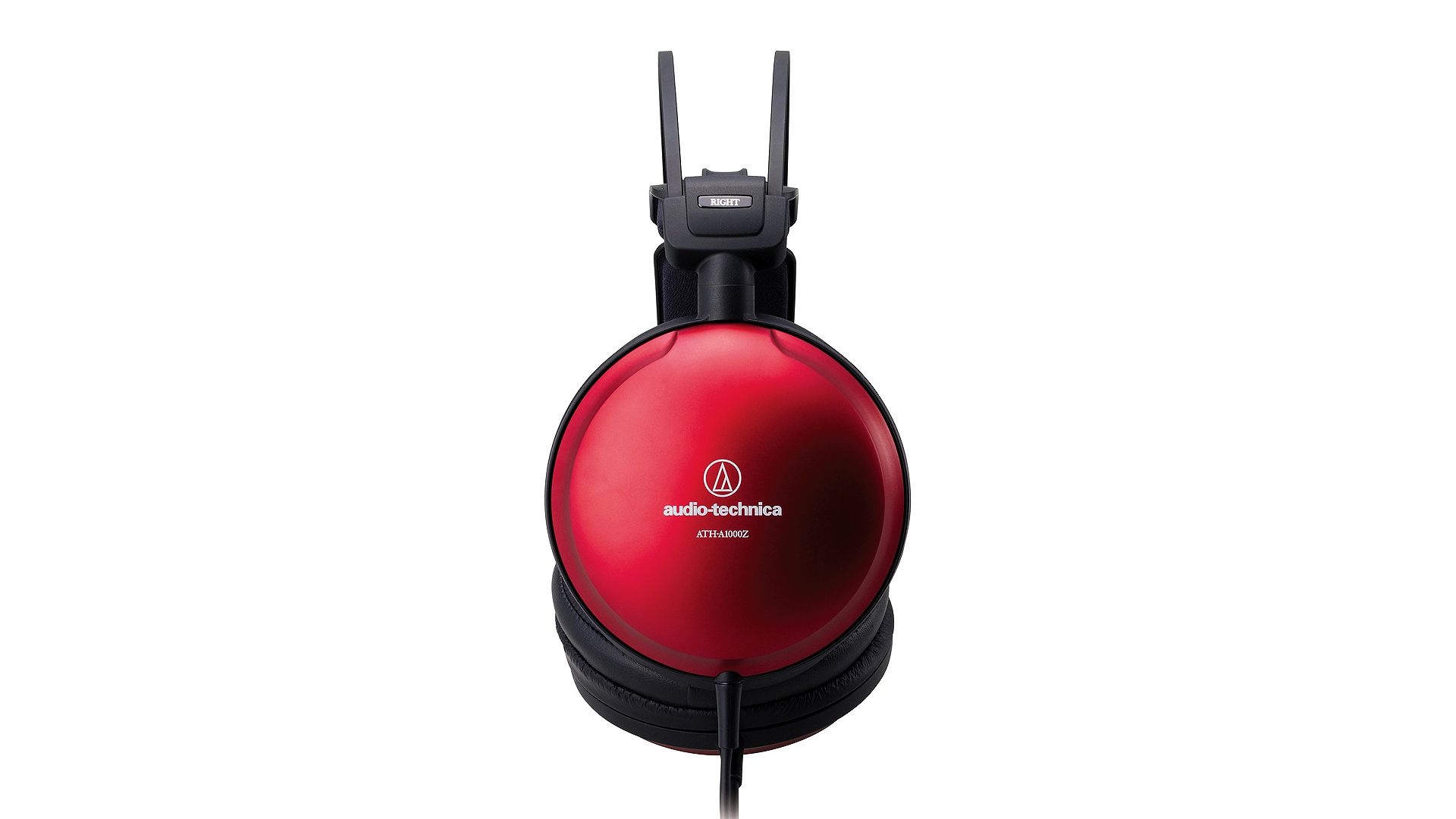

Again not properly expensive in headphone terms, the ATH-A1000Z nonetheless does a great impression of a demanding pair of high-end cans.
So much so, that if you're thinking about playing MP3 tracks through your iPhone you might as well forget it. These guys need a good running in, a decent amplifier or DAC, and something more like CD quality before they reveal their true colours.
Behind the large matte red aluminium cups are two 53mm dynamic drivers, hand assembled in Japan, held admirably in place with a simple but effective magnesium alloy frame and padded wings that keep everything in place. It's not the most flawless system, but unless you're a true Conehead you shouldn’t have a problem.
Being a closed back design it doesn't offer quite the same expansive soundstage as some, but on the plus side, it doesn't leak as much sound either, making them a better choice if you don't live alone, or wish to leave the house on occasion.
Sonically the ATH-A1000Z is extremely detailed, and despite the marginally smaller stage, instruments clearly have their place and it's a joy to pick out unheard detail, and bum notes in tracks.
Acoustic guitars, string sections and vocals all soar, and while bass is deep and precise, it doesn’t thump. That may disappoint EDM fans, but it should delight classical music lovers.
How to buy the best wired headphones
First up, it's worth bearing in mind that, other than for fashion reasons, there is no reason to buy the very latest, hot-off-the-presses wired headphones. Unlike Bluetooth and noise-cancelling headphones, where the tech is still improving all the time, older wired headphones are generally just fine. This is a very 'mature' market in every sense, and if a pair of great headphones was released five years ago, they're still great today. The bets wired headphones and earbuds tend to stick around.
The most important thing to consider with over-ear wired headphones is whether they're open backed or closed backed. Open backed headphones can sound better, but they also leak sound (both in and out) like nobody's business. As such, they probably aren't suitable for taking outside or using to listen to music while other members of your household watch TV in the same room.
Open headphones typically have a wider soundstage, giving the music room to breathe, which makes them exceptional for live recordings and classical concerts, where the scale of the performance can be appreciated.
Closed models generally have a more direct and intimate soundstage, and much less sound leakage. They're more suitable for use when travelling, and are better suited for listening while next to someone trying to sleep, for example, since they won't let sound wander out to the rest of world.
Depending on how you want to use your headphones, you should also keep an eye on the impedance, measure in ohms (Ω), which is a useful signifier of quality, especially if you're planning to use headphones with a dedicated amp. Below 32Ω you'll have no issues using a smartphone, but quality will suffer through electrical vibrations. Higher quality models – especially for home use with a headphone amp – have much higher impedance, but demand more power to drive them fully, which smartphones struggle to provide.
Buying in-ears is simpler than over-ears because you don't need to worry about impedance or closed-vs-open, but they have the fresh complication that you often can't try before you buy in shops. You know, people get a bit funny about you shoving their stock into your ears.
However, thanks to the magic of distance selling, you can send in-ears back to online retailers (within two weeks) if they turn out to sound bad, or not fit in your ear holes or even if you just decide you don't like them.
Most in-ears come with a plethora of different sized and shaped ear tips, to suit lugholes of all sizes and type. For excellent noise isolation and improved audio, without sacrificing comfort, I strongly recommend the earplug-like Comply eartips, which can be bought separately, if your earphones of choice don't come with them.
Comply tips are a little like ear plugs – you squash them down to fit in your ear, then they gently return to their original form. Available in a variety of sizes, from £15-£20 Complys aren't cheap, but they're worth the money especially for those of us with oddly-shaped aural apertures.
For both in-ear and over-ear headphones, you really do need to try them for comfort, especially if you're spending a lot, so definitely consider ordering more than one option to audition at home, so you can return the ones you decide don't work so well for you.
It's also worth bearing in mind that practically all of the best noise-cancelling headphones (opens in new tab) come with a headphone cable, for when the batteries run out, and so in effect are also wired headphones. These won't give you pure hi-fi audio in the same way (and none is open-backed, since the whole point is to cut out exterior sounds), but they're very versatile.






